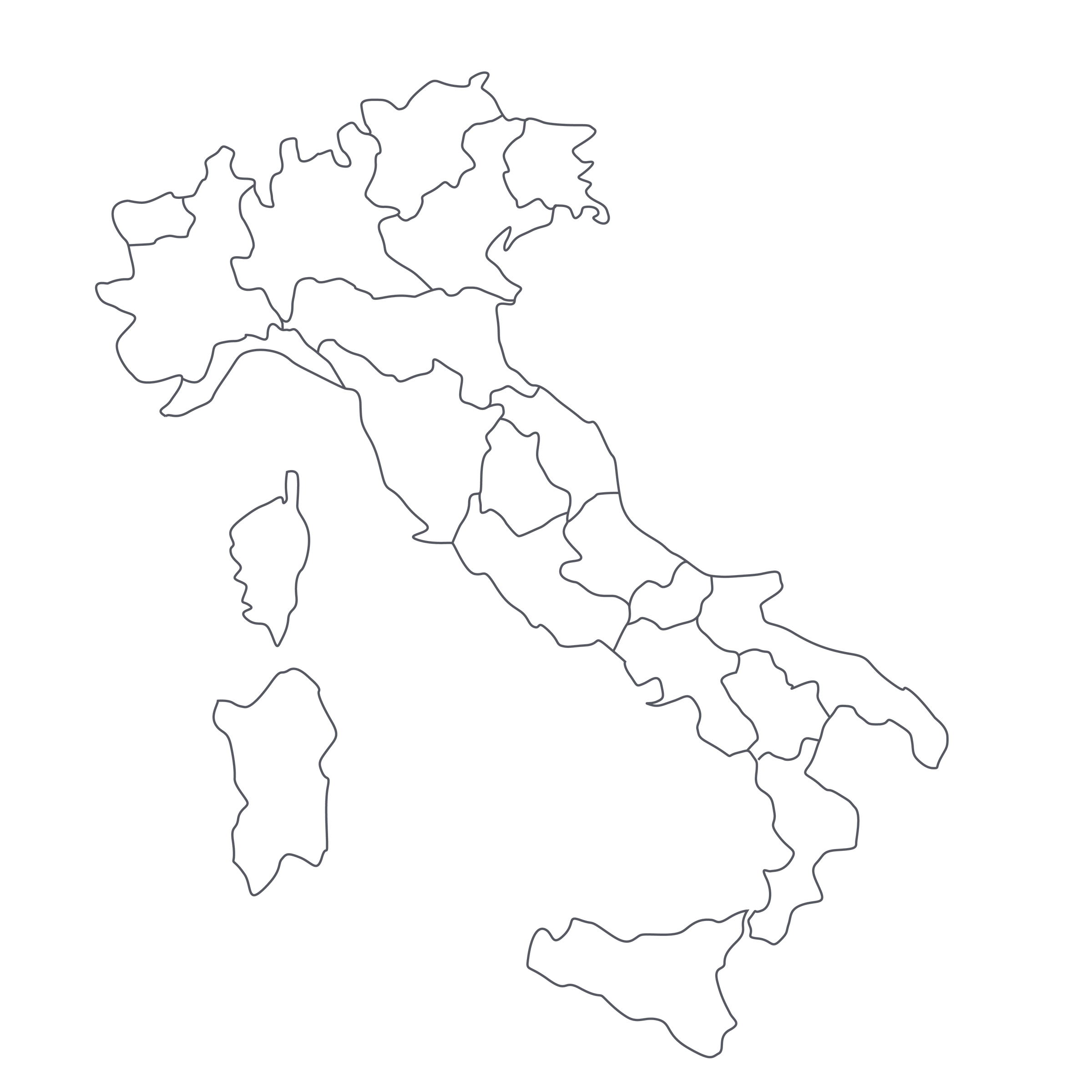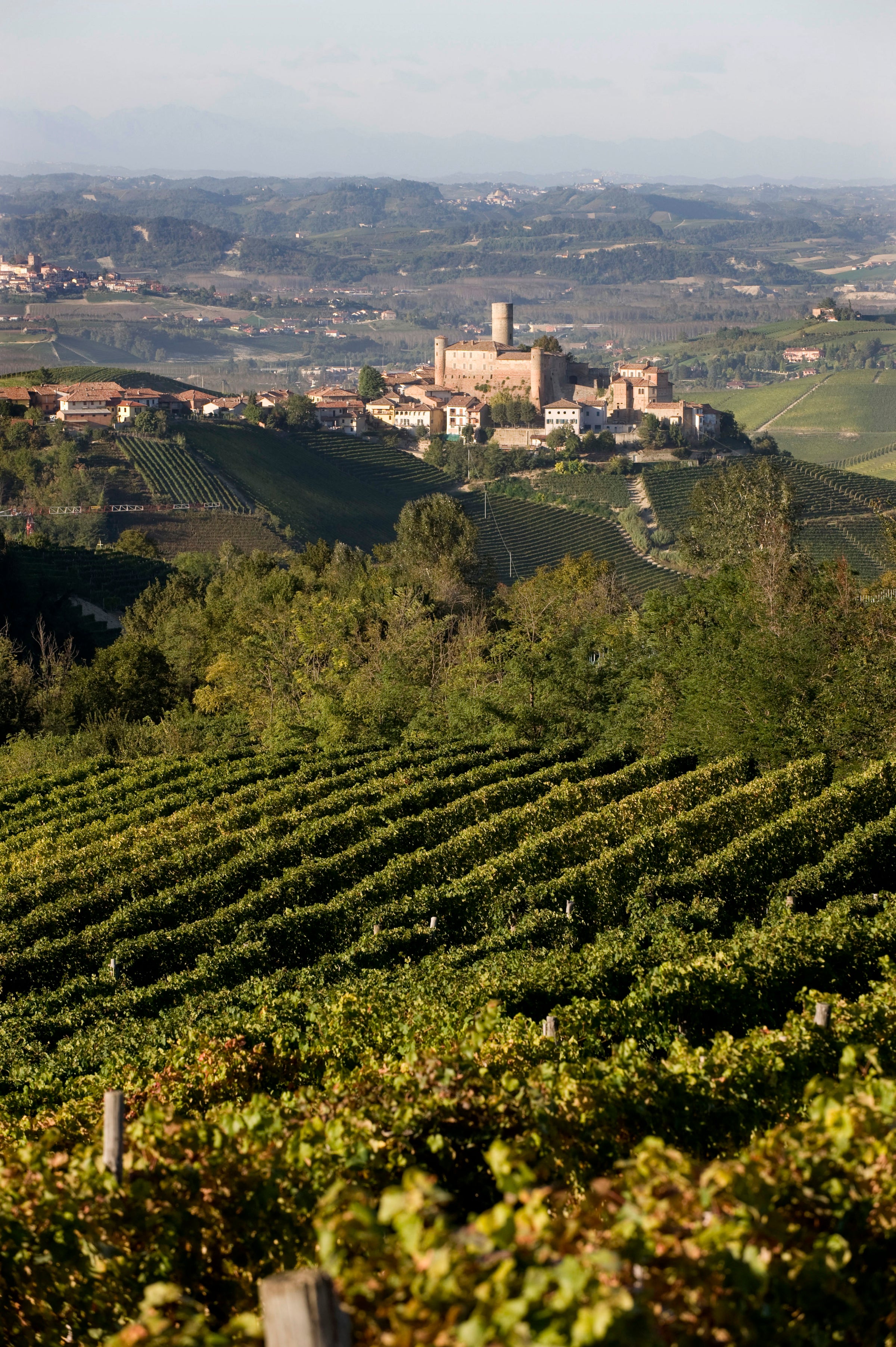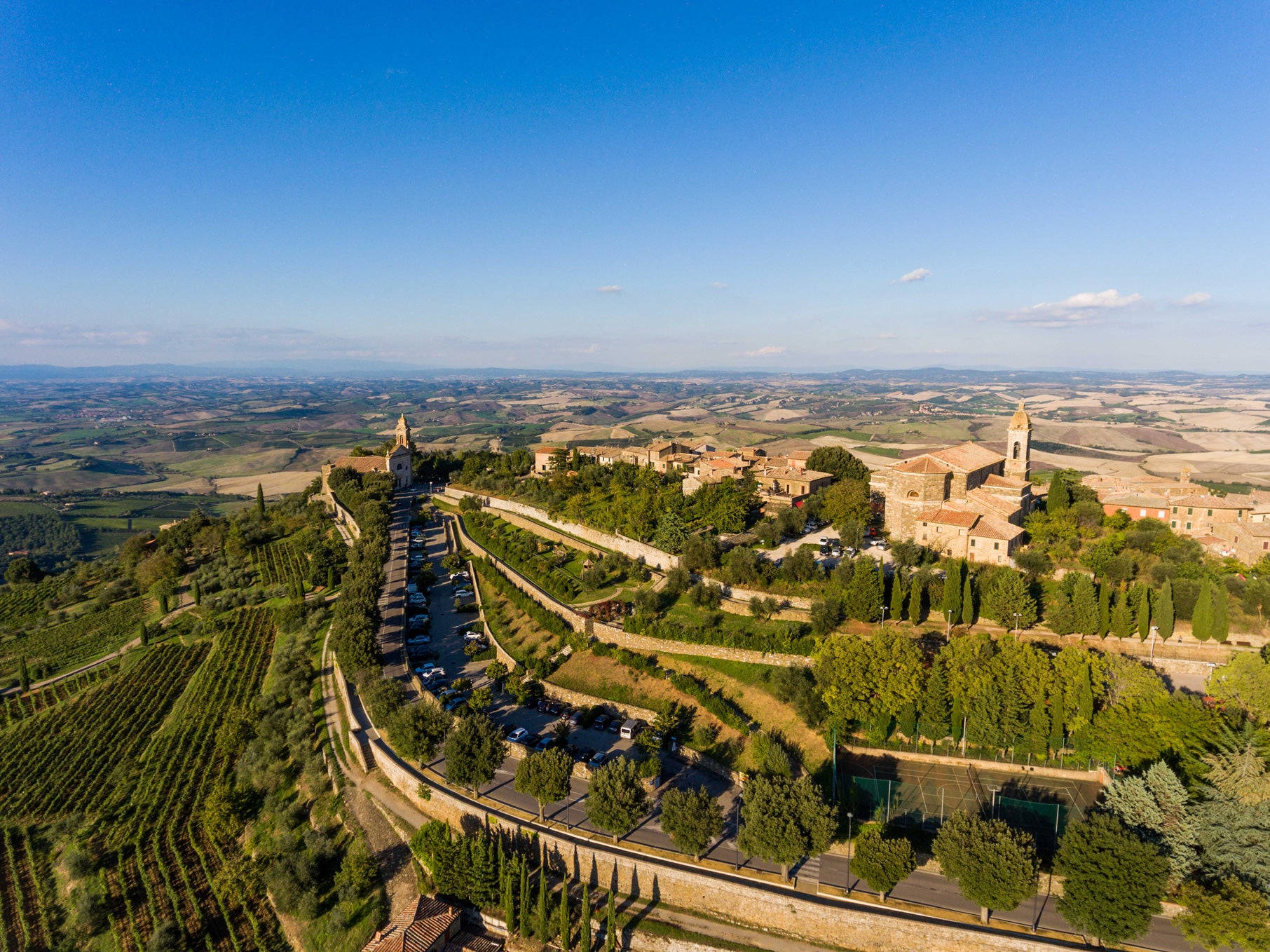To clarify, today’s wine is not so much a “new” wine as a new-generation wine. It comes from 50-year-old vines in the “Briccolina” vineyard, one of the greatest cru-designated sites in the Barolo village of Serralunga d’Alba. For generations, the Grasso family has lived at the top of the Briccolina hill and farmed vines there, only to sell their produce to an assortment of famous neighbors.
Namesake Tiziano Grasso had a day job at the Fontanafredda winery back when, and today his son, Daniele, works at another Barolo stalwart, Batasiolo. But Daniele felt the time had come to put his family’s name on a bottle and, starting with the 2012 vintage, he began holding back some of his best old-vine fruit from Briccolina for a wine the Grassos could call their own. So yes, 2012 was a “debut,” of sorts, although the Grassos have lived on Briccolina since 1922. They know what they’re doing, which is abundantly clear in today’s 2013; this is a stunning Serralunga Barolo, with plenty of the depth and drive this village is known for but also a level of finesse that is exceptional. The analog for what Daniele has spearheaded would be a long-established grower in a Burgundy Grand Cru deciding to craft some of his own wine—you’re starting on third base, but if the wine’s a home run, that’s okay by me! We offered their 2012 debut and jumped at the chance to bring you this 2013: Production is tiny, and so is our allocation, so we must limit purchases to six per customer today. I have no doubt it will age beautifully and appreciate in value, too, so try to find some space in your cellar for some!
As noted above, there’s nothing new about the La Briccolina farm, just the La Briccolina label. The Grasso family house is perched at the top of “Briccolina,” above a perfect south-facing amphitheater of vines that eventually tilts westward, as so many Serralunga crus do. Briccolina is situated along an undulating slope that also includes “Ornato” (made famous by Pio Cesare) and “Falletto” (Bruno Giacosa), and for many years the Grassos sold their fruit to others, while Tiziano worked at Fontanafredda. Starting in 2012, Daniele Grasso made strict selection from the family’s 5.5 hectares, sourcing from 50-year-old Nebbiolo vines to craft about 3,000 bottles. Not only is this wine a gem, it’s a rare one—perhaps as time goes on, Daniele will keep more of the fruit for himself, but as of now, less than a hectare’s production goes into the Tiziano Grasso bottling.
This is a ‘traditional’ style of Barolo in the sense that is was aged two years in large (20-hectoliter) Slavonian oak botti, but this wine stood out as an exceptionally refined, even polished example of Serralunga Barolo. Conventional wisdom on this village is that it produces the burliest, most tannic examples of Barolo, but this wine carries its considerable power with grace: the tannins are extremely fine grained and the fruit flavors clean and perfumed.
In the glass, La Briccolina’s 2013 is a deep, reflective garnet moving to pink and a hint of orange at the rim, with highly perfumed nose of black and red cherry, black raspberry, plum, blood orange peel, pipe tobacco, fresh roses and violets, underbrush, and freshly turned earth. Much like the 2012, it has a magical combination of power and lift: Whereas many Serralunga Baroli can be forbiddingly tannic, even a little monolithic, in their youth, this is notably bright and lifted in personality. As I noted in my writeup of the 2012, the Grasso wines channel some of the Serralunga bottlings of the late, great Bruno Giacosa (not bad company to be in). If you’d like to enjoy a bottle of the 2013 today, decant it at least an hour before service in large Burgundy stems at 60-65 degrees. Pair it with a nice, fatty porchetta and don’t worry if there’s somehow some leftover wine—this one only improves over the course of several days open. Be sure to lay some of this wine down for the fireworks it promises in 7-10 years’ time, and well beyond. Future special occasions will be all the more special if this wine is involved. So don’t miss it!




